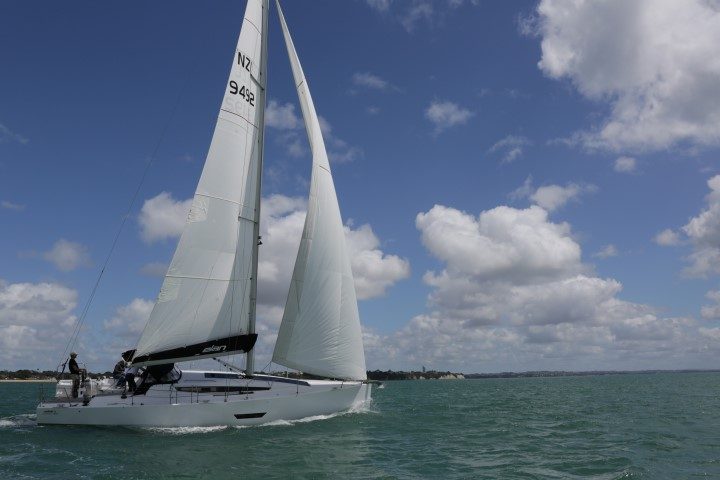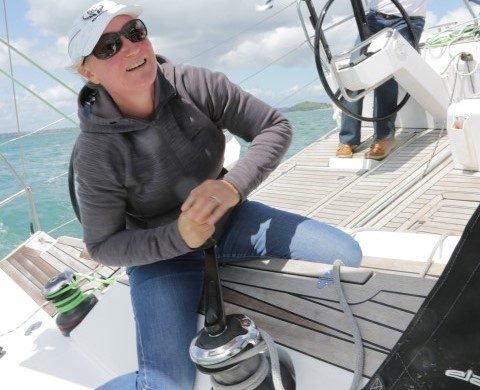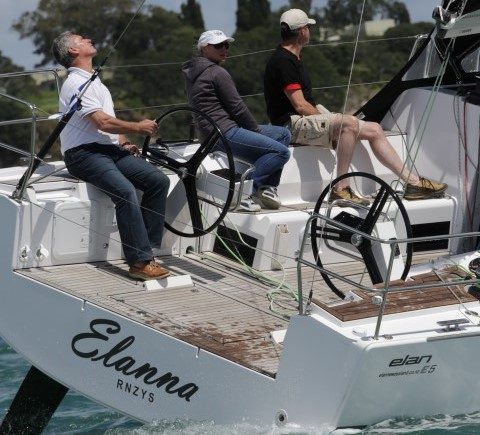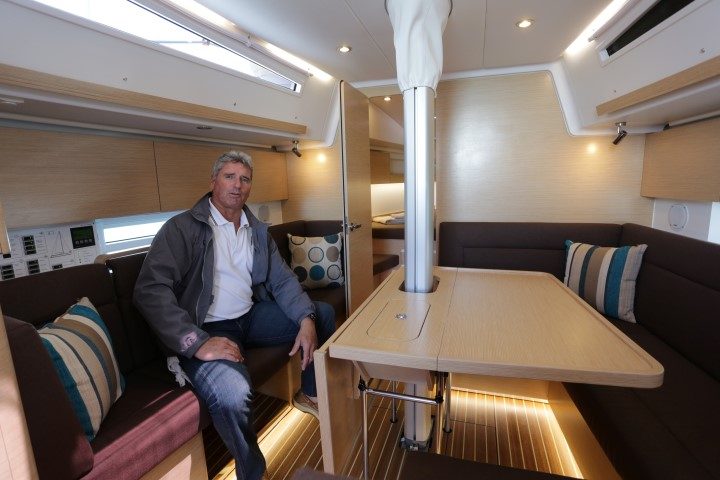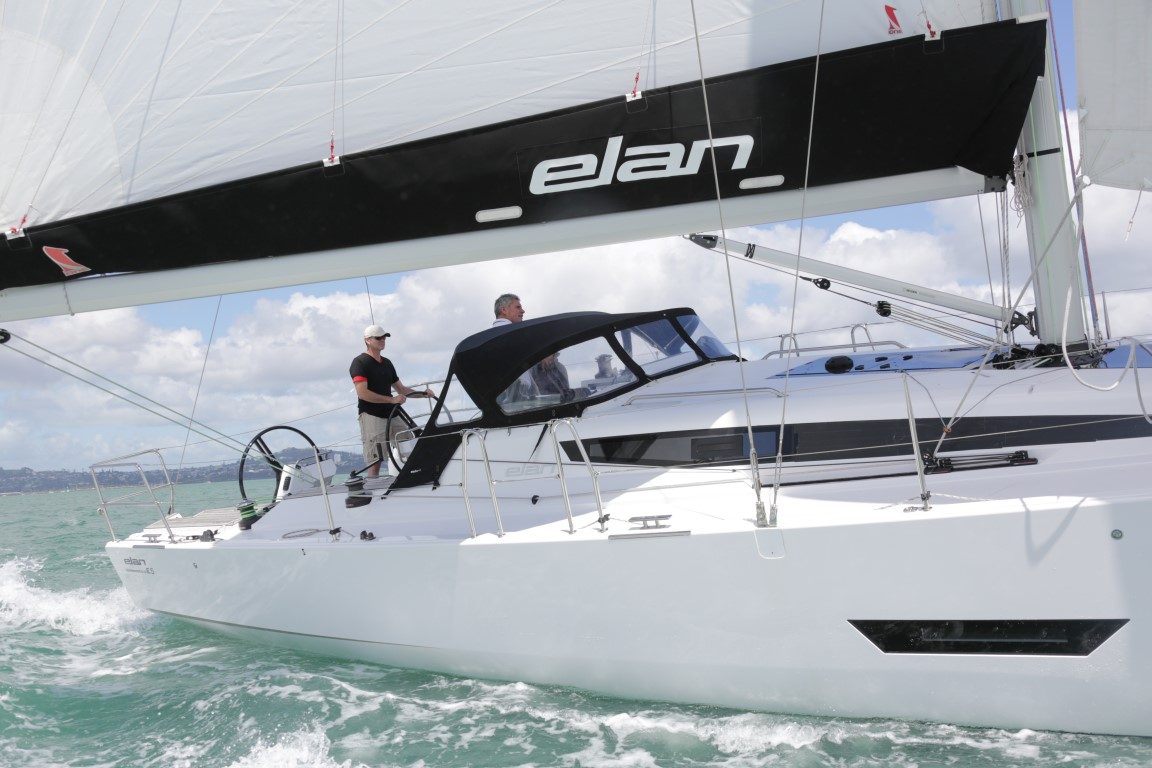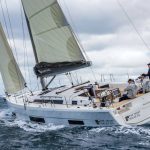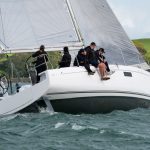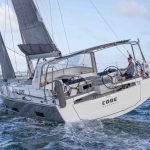‘Behemoth’ is a word which springs to mind or, perhaps more nautically, ‘leviathan’.
- Twin rudders
- Cabintop clear of lines
- Permanent nav table
- Easy to sail shorthanded
- Interior reassuringly yacht like
- Light, balanced helm
- Cruising boat that likes to sail



